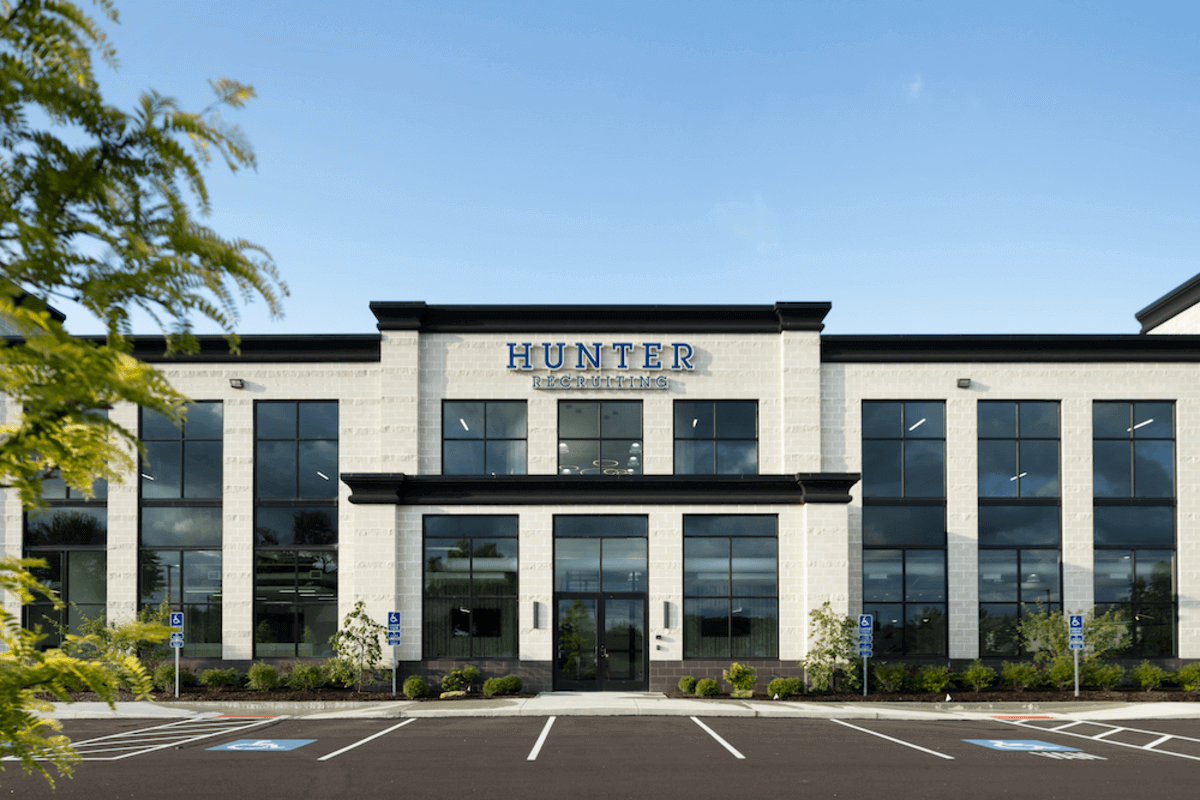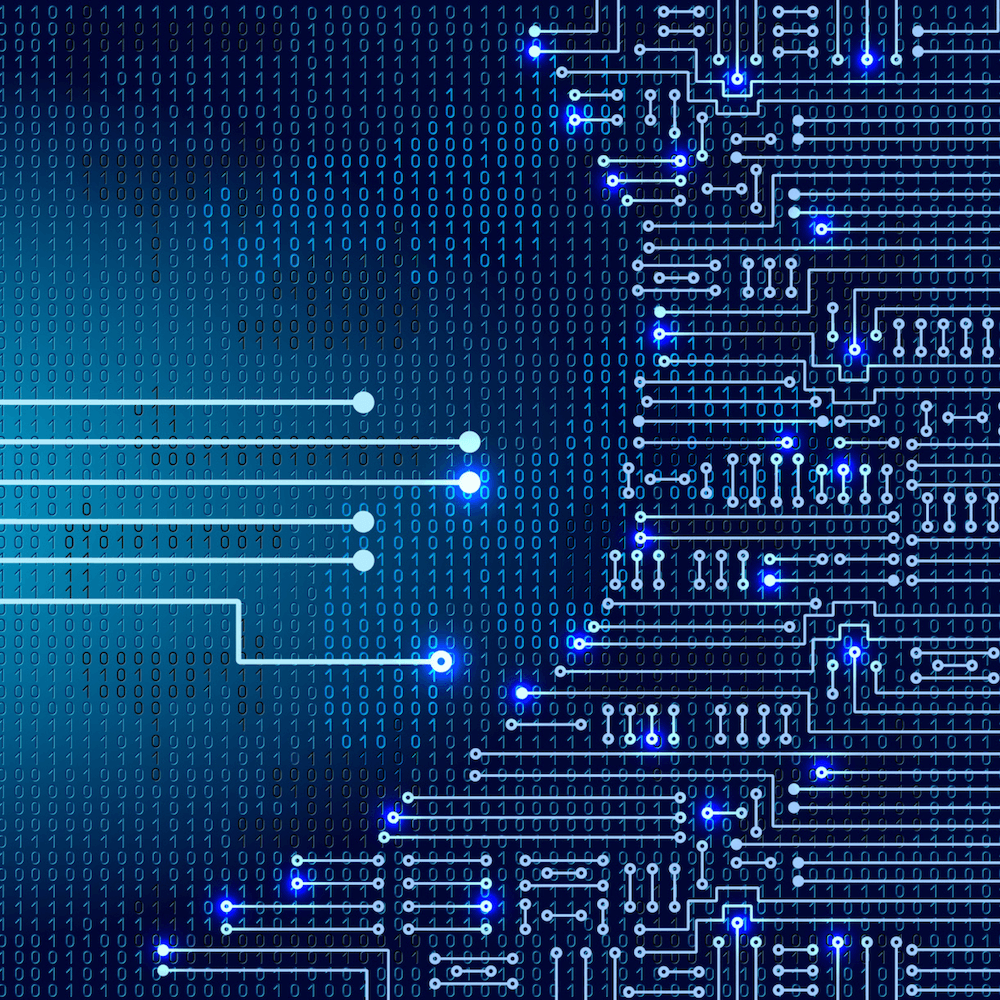The Intersection of Generative AI and Upskilling Talent
The Intersection of Generative AI and Upskilling Talent
In today’s rapidly evolving technological landscape, the emergence of generative AI has sparked a surge of interest and excitement. With its potential to transform industries and redefine the way we work, generative AI holds immense promise, particularly in the realm of talent upskilling. By leveraging the power of artificial intelligence, organizations can empower their workforce to acquire new skills and adapt to the changing demands of the digital era.
Gabrielle Christman, President & CEO of Hunter Recruiting Recruiting explains, “The landscape of innovation is constantly changing. Generative AI is challenging the way we work and changing jobs across all industries.” She continues, “A key way for employers to keep up is to invest in upskilling their employees. Notably, the very thing driving many employers to upskill their employees, generative AI, can be an extremely useful tool in the actual upskilling of employees. Understanding and leveraging this intersection can be a difference maker for employers.”
Read below for insights into generative AI and upskilling, and where they meet.
Understanding Generative AI
Generative AI, a branch of artificial intelligence, encompasses a set of algorithms and models that enable machines to create original content. Unlike traditional AI systems that rely on rule-based programming, generative AI leverages deep learning techniques to generate complex outputs, such as images, audio, and text, based on patterns and examples from vast datasets. This revolutionary technology has the potential to foster innovation, enhance creativity, and automate complex tasks.
Generative AI is a fascinating field that has rightfully gained some significant attention recently, with McKinsey calling 2023 “Generative AI’s breakout year.” It combines the power of machine learning and creativity, allowing machines to generate content that is indistinguishable from human-created content. By training algorithms on large datasets, generative AI can learn patterns and generate outputs that resemble the original inputs.
The Basics of Generative AI
At its core, generative AI involves training algorithms on large datasets to learn patterns and generate outputs that resemble the original inputs. By utilizing neural networks and generative models such as generative adversarial networks (GANs) and variational autoencoders (VAEs), machines can learn intricate patterns, mimic human-like behavior, and even generate content that surpasses human capabilities.
One of the most exciting aspects of generative AI is its ability to mimic human-like behavior. By training on vast amounts of data, generative AI algorithms can learn to generate content that is indistinguishable from content created by humans. This opens up a world of possibilities in various industries.
The Role of Generative AI in Various Industries
Generative AI has the potential to revolutionize various industries, ranging from healthcare to finance. For example, in the healthcare sector, generative AI algorithms can be used to generate synthetic medical images, allowing doctors to train and improve their diagnostic skills without the need for real patient data. This can lead to more accurate diagnoses and better patient outcomes.
Likewise, in the financial industry, generative AI models can be employed to simulate different market scenarios. By generating synthetic data that mimics real market conditions, traders and analysts can gain insights into potential outcomes and make more informed decisions. This can help mitigate risks and optimize investment strategies. There is no doubt that generative AI’s impact spans across industries and positions, creating a need for continued training and development for employees.
The Intersection of Generative AI and Talent Upskilling
As businesses increasingly recognize the need to adapt to the digital age, talent upskilling has become a critical priority. At Hunter, several of our business partners are discussing the importance of adopting and upskilling the workforce. Upskilling refers to the process of equipping employees with new skills and knowledge to enhance their performance and prepare them for emerging job roles. Generative AI plays a pivotal role in facilitating this upskilling journey, offering innovative solutions to empower employees and nurture a future-ready workforce.
The Need for Upskilling in the AI Era
In the era of artificial intelligence, the skills required for the workforce are rapidly evolving. Automation and machine learning algorithms are becoming increasingly prevalent, transforming the nature of work and the skills demanded by employers. As a result, individuals must continuously adapt and acquire new skills to remain competitive in the job market. Upskilling enables employees to stay relevant in the AI-driven world, fostering their professional growth and ensuring their long-term employability.
With the rise of AI, traditional job roles are being disrupted, and new roles are emerging. For example, jobs that involve data analysis and interpretation are in high demand as companies seek to leverage the power of AI to gain insights from vast amounts of data. Upskilling in these areas can open up new career opportunities and enable employees to contribute to their organizations’ digital transformation efforts.
Soft skills such as critical thinking, creativity, and adaptability are also crucial in navigating the complex and rapidly changing landscape. Generative AI can help develop these skills by providing employees with interactive training programs that simulate real-world scenarios. By engaging in these simulations, employees can enhance their problem-solving abilities, learn to think outside the box, and adapt to unexpected challenges.
How Generative AI Facilitates Upskilling
Generative AI offers a range of benefits that support the process of talent upskilling. By harnessing the power of generative models, organizations can develop interactive training programs that provide employees with hands-on experience in realistic scenarios. For instance, simulated environments generated by generative AI can enable employees to practice complex tasks, receive immediate feedback, and iterate their skills until mastery is achieved. By offering a risk-free environment for experimentation, generative AI enhances the learning experience and accelerates the acquisition of new skills.
In addition, generative AI can personalize the learning journey by adapting content and difficulty levels to each employee’s unique needs. By analyzing individual performance data and generating tailored learning materials, generative AI ensures that upskilling initiatives cater to each employee’s strengths, weaknesses, and learning preferences. This personalized approach fosters engagement, motivation, and ultimately, better learning outcomes.
Furthermore, generative AI can provide continuous learning opportunities. As technology evolves, new skills and knowledge become relevant. Generative AI can help employees stay updated by generating new training materials and adapting existing programs to incorporate the latest advancements. This ensures that employees are equipped with the most up-to-date skills and knowledge, enabling them to thrive in the AI era.
In conclusion, the intersection of generative AI and talent upskilling holds immense potential for organizations seeking to navigate the digital age. By leveraging the power of generative AI, businesses can create interactive and personalized learning experiences that empower employees to acquire new skills and stay ahead in the rapidly evolving job market. As the AI era continues to unfold, the collaboration between generative AI and talent upskilling will play a crucial role in shaping the future of work.
Looking for a hiring partner that is leveraging new technologies? Learn more about why leading corporations choose Hunter as their staffing and recruitment partner!






